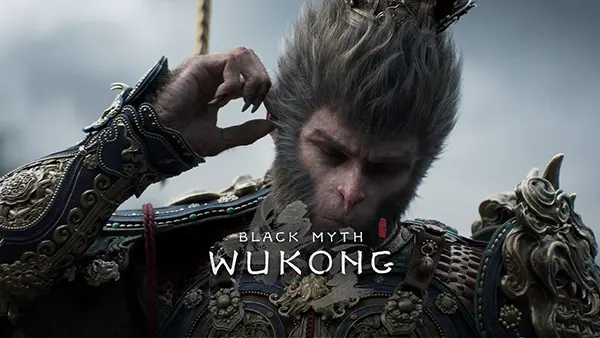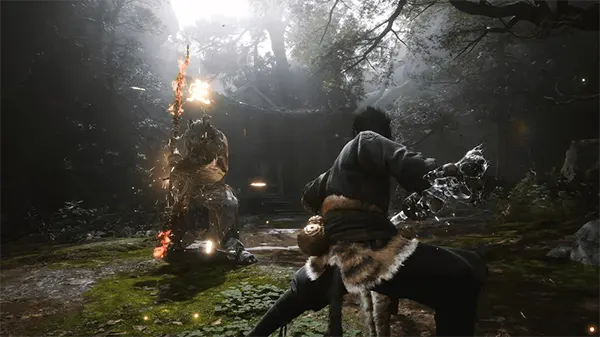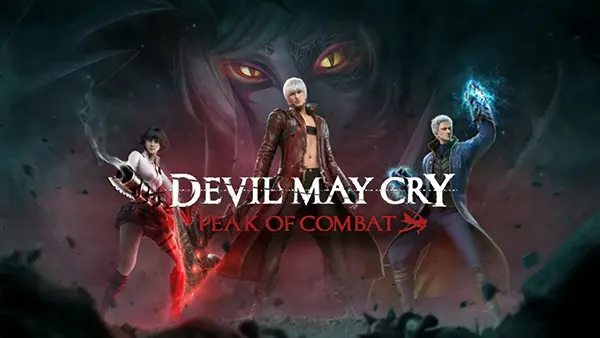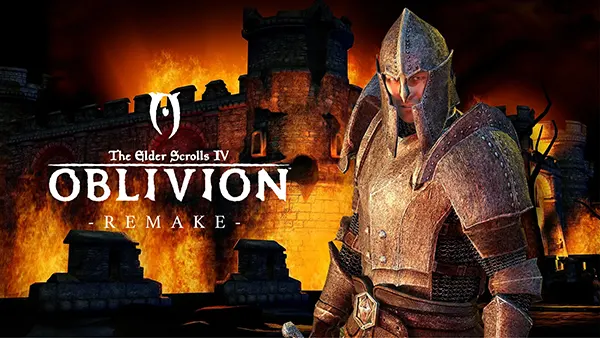
In the Heart of Chaos: Game Design and Moral Choice in ‘Black Myth: Wukong’
“Black Myth: Wukong”, a highly anticipated action-RPG from Chinese studio Game Science, has captivated global audiences not only with its technical brilliance and mythological depth but also with the subtle moral undertones woven throughout the gameplay. As of February 2025, the game remains a beacon of innovation in narrative design, demonstrating how mythology, choice, and chaos can coexist in interactive form.
The Chaos Within: Narrative Design Rooted in Myth
The backbone of “Black Myth: Wukong” is a reimagination of the classic Chinese tale “Journey to the West”. While the story remains steeped in rich Eastern philosophy, Game Science has layered its version with moral complexities. Players are not simply reliving Wukong’s epic – they are confronted with decisions that challenge assumptions about justice, loyalty, and fate.
Key characters from the novel reappear with redefined motivations. For example, adversaries might not be inherently evil but may be victims of circumstances or ancient curses. This layered narrative encourages players to reflect before reacting, adding unexpected weight to traditional boss encounters and dialogue trees.
Through these reinterpretations, the narrative does more than retell a legend – it becomes a canvas for introspection. The game transforms philosophical doctrines into branching decisions that require players to balance righteousness with personal gain, often without clear moral demarcations.
Myth as Moral Dilemma: When Legend Meets Player Agency
Unlike many RPGs where good and evil paths are clearly defined, “Black Myth: Wukong” offers ambiguity. Players might face a monk who pleads for mercy after betraying allies. Do you punish betrayal or show compassion? There is no right answer – only consequences that ripple across the unfolding story.
This moral grey area is deeply influenced by Daoist and Buddhist principles embedded in the source material. These philosophies suggest duality and balance rather than binary morality, and Game Science has translated them into in-game dilemmas that resonate with players across cultures.
The game does not punish or reward players for their choices in a straightforward manner. Instead, repercussions can be emotional or narrative-driven, contributing to a sense of realism. The player’s journey becomes not just about power acquisition, but about moral evolution through chaos.
Combat as a Canvas for Moral Reflection
At first glance, the combat in “Black Myth: Wukong” dazzles with fluidity, inspired by soulslike mechanics. However, the deeper design intention goes beyond aesthetics and challenge – it subtly mirrors Wukong’s own psychological and moral development throughout the game.
Combat scenarios are designed to raise ethical questions. Some enemies beg for their lives mid-battle, while others reveal motives that humanise them after defeat. This creates a unique tension between the need to win and the introspective questioning of why we fight.
Moreover, transformations and spells offer symbolic weight. Taking on the form of a predator might help tactically, but also alters how NPCs react to Wukong. These design choices reflect internal shifts in the protagonist’s arc, inviting players to consider the implications of their growing power.
From Strength to Self-Awareness: The Warrior’s Dilemma
Wukong’s gameplay progression is as much psychological as it is mechanical. Each ability unlocked reflects a stage of growth, not just in strength but in the understanding of his place within the cosmic order. This is amplified through dream sequences and visions that confront him with past actions and possible futures.
The game encourages players to question whether strength justifies dominance. The more powerful Wukong becomes, the more detached from humanity he risks becoming. The design effectively blurs the line between hero and anti-hero, forcing players to decide what kind of myth they are creating.
This design philosophy turns action into introspection. By the mid-game point, players may find themselves hesitating before finishing off a defeated boss, not because of difficulty but because of doubt – a rare achievement in modern game design.

The Role of Chaos: Environmental Symbolism and Player Psychology
Chaos in “Black Myth: Wukong” is not simply aesthetic. It permeates environments, pacing, and event structure. Landscapes shift unnaturally, weather changes suddenly, and time often seems to fold in on itself. These design elements are not random – they reflect the protagonist’s turmoil and uncertainty.
Every location – from crumbling temples to haunting bamboo forests – seems to tell a story of former peace and current disarray. As players progress, environments mirror their emotional journey, with brighter areas becoming rare and fleeting. The chaos is psychological as much as visual, designed to disorient and provoke reflection.
This artistic direction supports the idea that moral clarity is rarely found in turmoil. The shifting terrain and distorted visuals subtly reinforce the message: in chaos, truth is subjective. This shapes how players approach choices, often with hesitation and reconsideration.
Environmental Design as Emotional Mirror
Lighting, colour schemes, and audio cues are used masterfully to create discomfort. A warm glow might suggest safety but soon reveals enemies cloaked in illusion. These deceptive aesthetics prompt players to question surface appearances – a metaphor for the narrative’s broader message.
The soundtrack, too, shifts from meditative chants to discordant strings, following player decisions. Music becomes an emotional compass, alerting the player not only to danger but to ethical weight. When a morally complex choice is near, tonal shifts prepare the player on a subconscious level.
This integration of artistic design and moral ambiguity makes “Black Myth: Wukong” not just a game but an experience in moral resilience. Every footstep in its world is a step into philosophical exploration, where chaos is not to be defeated but understood.




